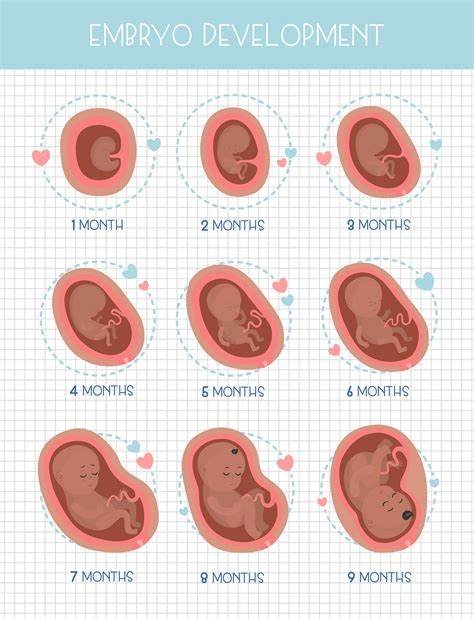
How to Meal Prep for a Week of Healthy Eating
Meal prepping is an effective way to maintain a healthy eating routine, save time during the week, and ensure that nutritious meals are always within reach. Whether you’re trying to eat healthier, lose weight, or simply avoid the temptation of fast food, meal prepping can be a game-changer. In this guide, we’ll walk you through how to meal prep for a week of healthy eating, from planning your meals to storage tips and easy recipes to get you started.

Why Meal Prep?
Meal prepping is the process of preparing your meals or ingredients in advance, which offers several benefits:
- Time-saving: Prepping meals in bulk means you don’t have to cook every day, freeing up time for other tasks.
- Portion control: Pre-portioning meals helps you avoid overeating and sticking to your healthy eating goals.
- Stress reduction: With meals already prepared, you’re less likely to feel overwhelmed or resort to unhealthy, last-minute food choices.
- Cost-effective: By buying ingredients in bulk and planning your meals, you can save money on takeout or eating out.
Steps for Effective Meal Prepping
To set yourself up for success, follow these simple steps to plan and execute your meal prep.
Plan Your Meals
Before you start meal prepping, it’s important to plan your meals for the week. This will ensure that you have a balanced variety of food and that you’re not scrambling for ideas at the last minute. Here’s how to get started:
- Choose balanced meals: Aim for meals that include a variety of vegetables, lean proteins, whole grains, and healthy fats. This will provide the nutrients your body needs for energy, weight management, and overall health.
- Include snacks: Plan for healthy snacks to keep you satisfied between meals. Some great options include fruit, nuts, yoghurt, or pre-cut veggies.
- Consider dietary preferences and restrictions: Make sure to take any food allergies or dietary preferences (e.g., vegan, gluten-free) into account when planning.
Tip: Try to repeat meals or ingredients across multiple days to save time and reduce food waste.
Make a Shopping List
Once you’ve planned your meals, create a shopping list based on the ingredients you’ll need. Organize the list by category (e.g., produce, protein, grains, pantry items) to make your grocery store visit more efficient.
Tip: Look for sales or bulk-buy options to save money on ingredients you can use throughout the week.
Prep Your Ingredients
Set aside a few hours on a day (usually the weekend) to prep your ingredients. Start by washing, peeling, and chopping your fruits and vegetables. Cook grains, proteins, and any other components in bulk so they can be used throughout the week.
Essential meal prep tasks:
- Cook grains: Prepare rice, quinoa, or whole wheat pasta in large batches.
- Cook proteins: Grill, bake or sauté your proteins (chicken, fish, tofu, etc.) for easy access.
- Chop vegetables: Pre-cut and store vegetables in air-tight containers to add to meals quickly.
- Batch cook snacks: Pre-portion snacks like nuts, yoghurt, or cut-up fruit to have them ready to go.
Tip: Focus on the most time-consuming tasks, like cooking grains or proteins, so you can quickly assemble meals later in the week.
Cook and Assemble Your Meals
Now that you have all your ingredients prepped, it’s time to assemble your meals. Depending on your schedule and meal preferences, you can cook entire meals or just prep components that can be assembled throughout the week.
- Cook all-in-one meals: Dishes like casseroles, soups, and salads can be prepared in bulk and stored for several days.
- Prepare bowls: Grain bowls or salad bowls with protein, veggies, and toppings are easy to store and can be assembled quickly each day.
- Use containers: Invest in high-quality, microwave-safe containers for storing meals. Glass containers work well for keeping food fresh and are ideal for reheating.
Tip: Label each meal with the date it was prepared so you can track freshness.
Tips for Meal Prep Success
- Batch cooking: Cook large portions of proteins, grains, and vegetables to mix and match throughout the week.
- Versatility: Choose ingredients that can be used in multiple recipes to save time and effort.
- Snack prep: Pre-portion snacks like fruit, yoghurt, and nuts for easy grab-and-go options.
- Stay organized: Keep your meal prep process simple and organized to prevent feeling overwhelmed.
- Hydrate: Don’t forget to hydrate! Prepare water bottles or infuse water with fruits and herbs to stay refreshed.
Conclusion
Meal prepping is a powerful strategy for maintaining healthy eating habits throughout the week. By planning your meals, prepping ingredients, and cooking in bulk, you can enjoy nutritious, homemade meals every day without stress. With a little practice and consistency, you’ll find that meal prepping not only saves time and money but also makes healthy eating much easier. Happy prepping!




